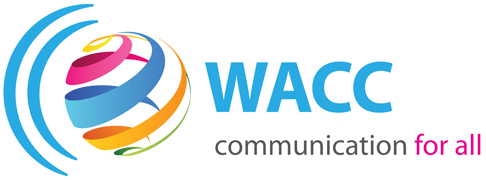
22 Apr 2025 Big Tech’s water grab
Water and digital technologies – we can’t live without them. But while people in many parts of the world are running short of water, digital technologies are consuming more and more.
Amazon, Microsoft, and Google operate data centres that take vast amounts of water from some of the world’s driest areas. Now, according to a new investigation by SourceMaterial and The Guardian newspaper, they “plan to increase the number of data centres they operate worldwide by 78 per cent. With cloud computing already straining current infrastructure, advances in artificial intelligence are set to drive further demand as companies seek capacity to train models like ChatGPT.”
The struggle for water is as old as humanity. Water scarcity triggers conflict as competing users assert their claim to a vital resource. Today, globally, water supplies are being strained by rising population demands, escalating environmental pressures, and unsustainable management practices. And in a world that runs on digital communication technologies, water is being seized by the rich and powerful.
It’s world of inequalities. Freshwater is limited and essential. Water covers 70% of the Earth’s surface, but only about 3% is freshwater, and less than 1% is accessible for human use. Around the world, more than 2 billion people struggle to access clean water for drinking, cooking, and sanitation, with a disproportionate impact on women and children.
Rivers are drying up and glaciers disappearing. Some of the world’s most vital rivers are shrinking, with dire consequences for people and wildlife. And climate change is intensifying water scarcity. As temperatures rise, droughts are becoming more frequent and severe, while unpredictable rainfall patterns make water management increasingly difficult.
Nature’s wild areas, acting as water filters and flood buffers, are vanishing three times faster than forests. Irrigation for crops uses 70% of the world’s freshwater, but inefficient practices often result in water wastage, pollution, and soil degradation. And urban centres supporting dense populations, and manufacturing hubs that require immense amounts of water and energy, place an additional burden on supplies, especially groundwater resources.
The UN Pact for the Future (September 2024) has a lot to say about technology, science, sustainable development, and digital divides. But it is silent on digitalisation’s demand for vast quantities of water, despite well-publicised concerns about data centre cooling. Yet, in Action 5(f) the Pact pledges to “Address and promote the prevention of water scarcity and build resilience to drought to achieve a world in which water is a sustainable resource and ensure the availability and sustainable management of clean and safe water, sanitation and hygiene for all.”
What is to be done? Governments could tax Big Tech and invest some of the proceeds in better water management and more equitable water distribution. It would be a drop in the well of humanity from an ocean of profits. But there’s more. While governments need Big Tech, they must resist its predations. People’s ability to connect – a fundamental communication right – must not come at the expense of the environment.
Photo: Shutterstock AI



Sorry, the comment form is closed at this time.